As the need to find acne treatments that really work has been on the increase, the scientific community has been quite busy researching safe and effective organic and natural alternatives.

Beautifying your skin with;
- Goat Milk (“Kirfir”)
- Donkey Milk
- Snail and Slug Slime
- Purified Bee Venom (PBV)
People are becoming increasingly health-conscious and frustrated by the side effects and inefficacy of medical treatments for skin conditions. As a result, the huge strides taken towards safe and effective organic and natural treatments for various skin problems have become inevitable.
This article (part 1) will show you 4 unique organic ingredients that really work against acne and other skin conditions. These ingredients are Goat milk, Donkey milk, Snail and Slug slime and Purified Bee Venom (PBV).
In a subsequent article (part 2), I’ll reveal to you unique plant-based ingredients for acne treatment.
Related Article: Acne Treatments that Really Work – 5 Unique Organic Ingredients (part 2 – vegan)
1) Goat Milk
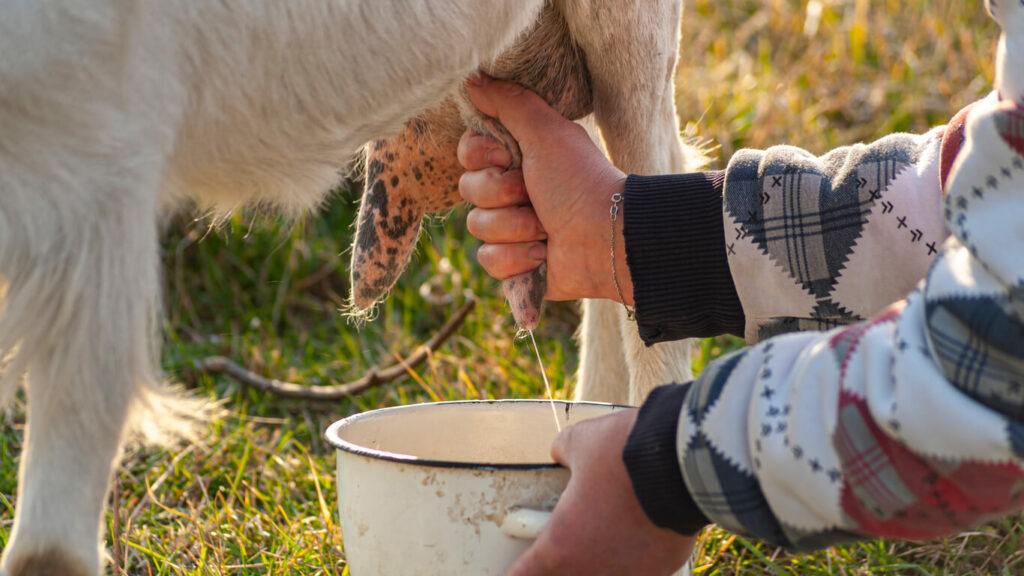
You may be intrigued by this but yes, the use of goat milk for treating acne and skin different skin conditions has been around for centuries.
It has a wide range of usefulness in the cosmetic, pharmaceutical, and food industries.
The fermented and useful form of goat milk known as Kirfir is very effective.
Kirfir is made by adding grains of lactic acid bacteria and yeast to goat milk to ferment goat milk. This action causes lactic acid to be produced. Cow milk can also be used but our focus is on goat milk due to its unique benefits and tolerability (i.e. low in lactose) over cow milk.
Kirfir (or enriched goat milk) is a rich source of vitamins (such as C, Bi, B12, and E), protein, and calcium.
The probiotics and bioactive components of Kirfir (e.g. lactic acid, bacteriocin, and exopolysaccharides) have several benefits for the skin.
6 benefits of Goat milk for the skin
- Enhances skin immune barrier
- Skin lightening.
- Anti-aging.
- Anti-wrinkles.
- Regeneration of collagen.
- Inhibition of several microbes including acne-causing bacteria, i.e. Priopionibacterium acne (P. acne) – primarily due to lactic acid.
Let me also quickly mention that there are other benefits associated with the use of Kirfir. It can help to improve digestion problems. Helps to fight off cancer and improve bone health – decreasing the risk of osteoporosis. Finally, it can help to reduce symptoms of asthma and allergies.
2) Donkey Milk
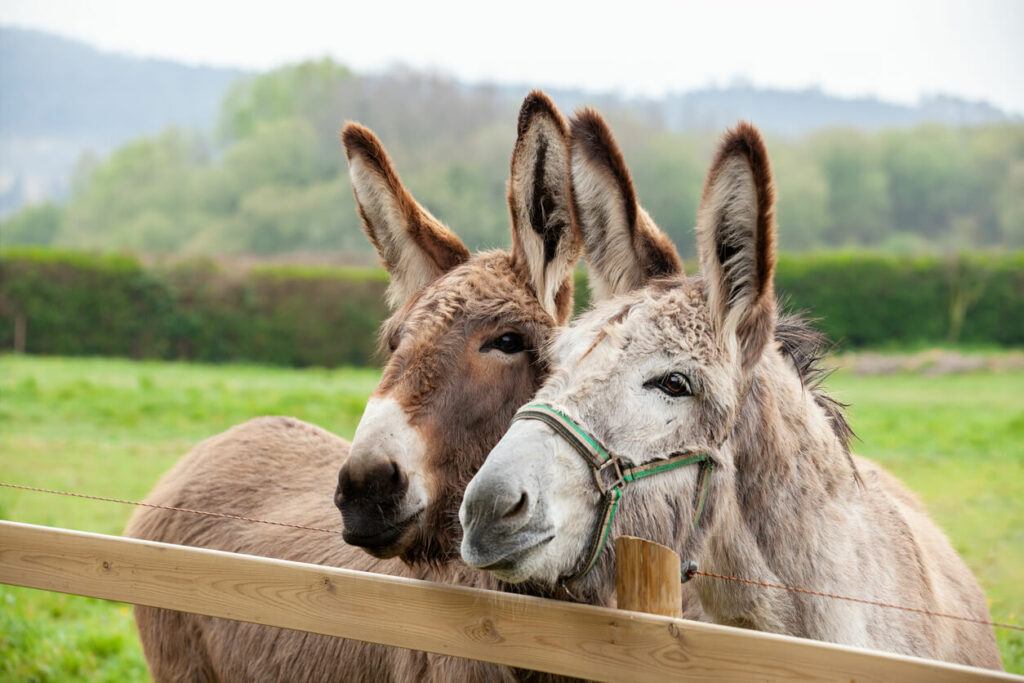
While you are still trying to wrap your mind around the usefulness of goat milk, an extremely beneficial milk is Donkey milk.
The use of donkey milk has been around for more than a thousand years. So this is nothing new!
In the 20th century, it became popular in Europe where its health benefits have been explored greatly.
It’s the closest to human breast milk in protein, lactose, and minerals when compared to dairy animals including goat, buffalo, sheep, cow, and camel. However, it’s very scarce as female donkeys (Jennies) only produce 1L per day. This causes limitation of its use.
In recent times, the benefits of Donkey milk have been further explored in the cosmetic industry.
Donkey milk is rich in protein, minerals, vitamin D, riboflavin, essential fatty acids, lactoferrin, and lysozyme. These compounds are responsible for the benefits you derive from Donkey milk.
7 Benefits of Donkey Milk for the Skin
- Treats acne and other inflammatory conditions such as eczema, rosacea.
- Anti-microbial action against harmful bacteria including P. acne (thanks lactoferrin and lysozyme)
- Nourishes the skin.
- Lightens the skin.
- Boosts the skin immunity.
- Cleanse and hydrate the skin
- Anti-aging due to its antioxidant properties.
In addition, the essential fatty acids in Donkey milk help to prevent cardiovascular diseases and also have anti-inflammatory effects. Donkey milk also helps to improve or prevent asthma.
3) Snail and Slug Slime
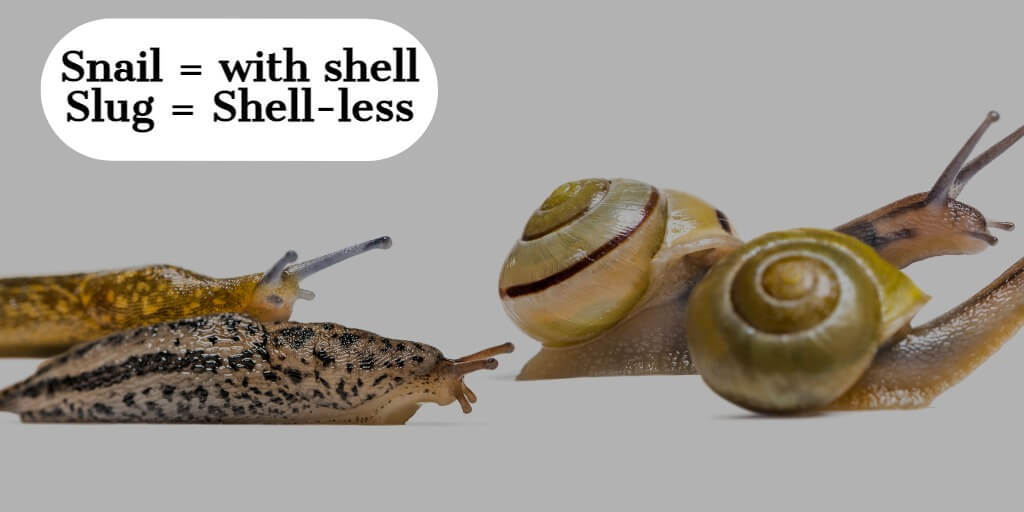
You may have encountered a trail of slime (or mucus) produced by a snail as it crawls or just stationary.
Generally, snail slime is more utilized than slug slime.
For centuries, snail and slug slime have been used in the food industry. Its usefulness to treat various medical and skin conditions also goes way back – as far back as the time of ancient Greeks.
Recently, snail and slug slime have been studied, explored, and utilized more in the cosmetic industry. It has been used to manufacture various cosmetic formulations for topical application.
The benefits of snail and slug slime can be attributed to their physical and “chemical” properties.
Physical advantages come from the ability of slime to liquefy under stress and re-solidify when the stress is eliminated. This helps with wound healing.
“Chemical” advantages are derived from various compounds naturally found in slime. These include glycosaminoglycans, phenols, hyaluronic acid, peptides, glycoprotein, proteoglycans and peptides.
Mucin (a glycoprotein) found in slime has an antibacterial effect and helps to enhance immune function.
Allantoin can also be found in snail slime. This helps with wound healing and regeneration of damaged cells.
9 Benefits of snail and slug slime;
- Treats acne.
- Anti-inflammatory/antioxidant activity.
- Clears scarring.
- Decreases pigmentation.
- Improves skin hydration.
- Reduces wrinkles and stretch marks.
- Promotes wound healing, including superficial burns.
- Heals sunburn.
- Helps with heartburn.
Environmental and biological factors can influence the quality of these substances produced by snails. So you need to ascertain that a manufacturing company has utilized high-quality snail slime in their cosmetic products.
4) Purified Bee Venom (PBV)
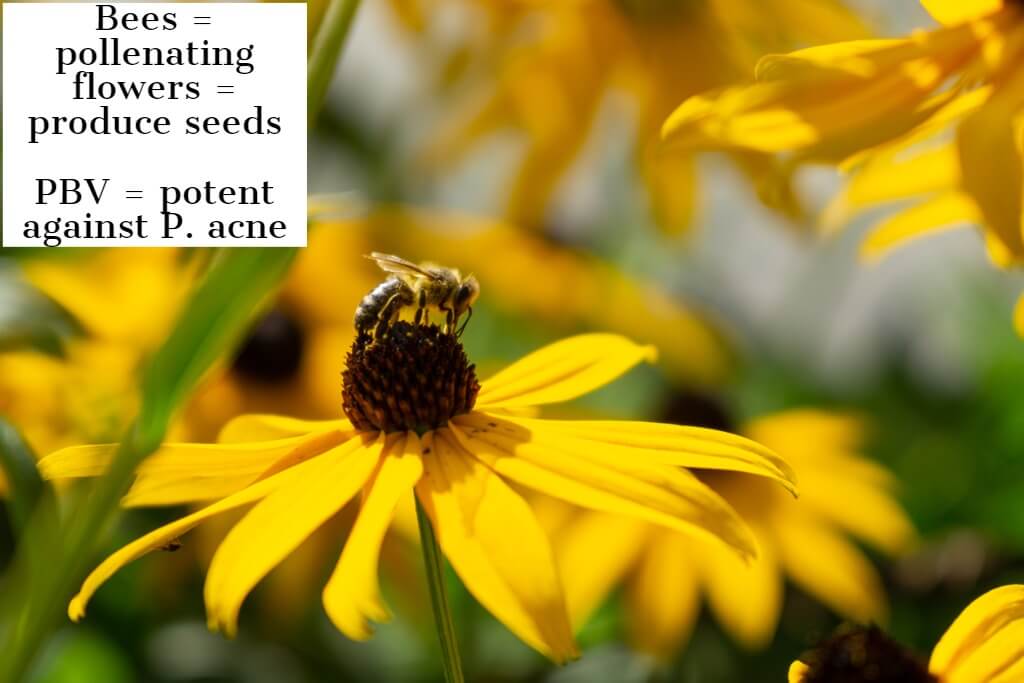
Personally, I’m wary of bee stings, as I have witnessed the sort of reaction it could trigger in people. However, the significance of bees to humans is beyond words. Its significance spans from making our plants reproduce (via pollination) so you and I can eat and survive, to producing venom that can be used to improve various health conditions.
Bee venom is not all that bad. In small doses, it has been used as a natural therapy for centuries in treating several health problems.
Recently, the use of Purified Bee Venom (PBV) is gaining huge ground and being extensively researched. It has multiple benefits due to its anti-inflammatory properties.
In cosmetics, bee venom is said to have no dermal irritation.
You can thank the peptides contained in PBV such as apamin, adolapin, and melitin. These compounds give PBV its powerful anti-inflammatory properties, especially melitin.
PBV exhibits potent anti-inflammatory activity against the action of P. acne. P. acne (one of the contributory factors) triggers a cascade of inflammatory processes that lead to inflammatory acne. PBV inhibits inflammation and activity of P. acne.
5 Benefits of PBV include;
- Treats both inflammatory and non-inflammatory acne.
- Relieves pain.
- Treats multiple sclerosis – utilized in oriental medicine.
- Reduces arthritis-related symptoms – also utilized in oriental medicine.
- Reduces the appearance of wrinkles.
There has been a call to replace current antibiotic therapy with PVB in the treatment of acne. This is because antibiotic therapy is known to cause resistant bacteria and side effects. On the other hand, PBV is shown to be well tolerated, with barely any side effects. Also, PBV is ideal for long-term use with no issue of causing resistant bacteria.
Conclusion: caution to be taken
The use of organic and natural ingredients in treating acne, as well as other health conditions is simply captivating.
As shown so far, goat milk, donkey milk, snail and slug slime, and Purified Bee Venom are very effective in treating acne.
However, caution has to be taken when trying out a new product. My advice is that you should try a small sample and see how it reacts to your skin before continuing with its use.
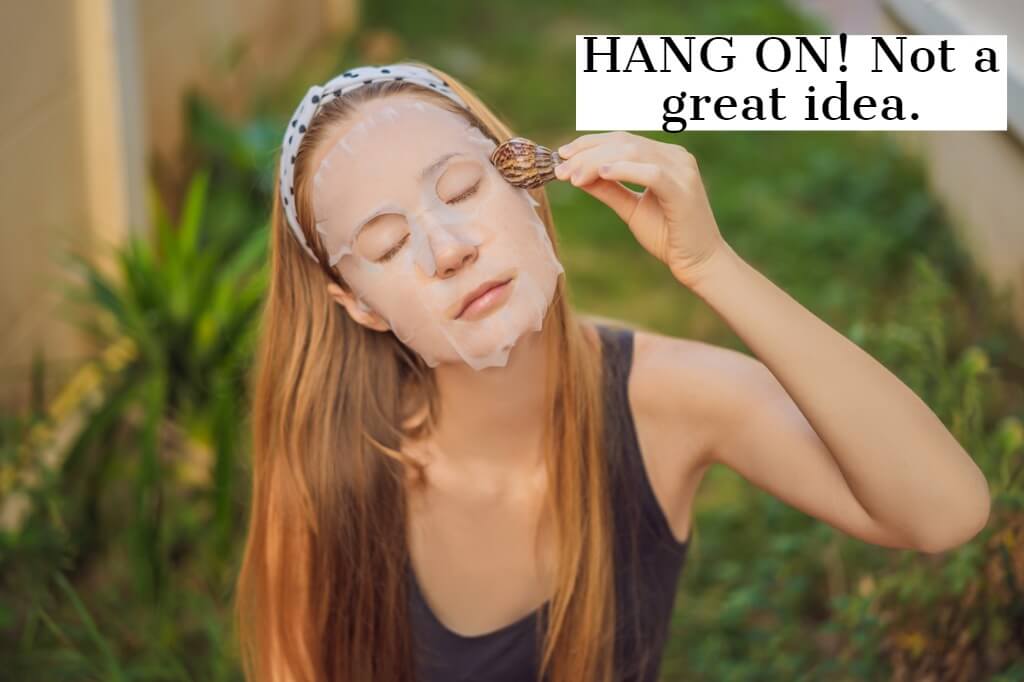
Also, as interesting as these alternatives sound, don’t go and directly smear your face or skin with these raw ingredients. They may contain microbes or harmful elements in their raw form if applied directly. It’s important to note that these raw materials have been used by cosmetic companies in a sanitary and controlled environment, therefore making them safe to use.
As for the topical application of products containing PBV, I’ll advise that susceptible people should take caution when using PBV-based products topically. In such people, it can likely cause reactions such as redness and itching. Again, trying a small amount to see how your skin reacts is usually the ideal way to go.
Remember, before trying out a new product, always conduct a patch test and/or consult a dermatologist or skincare professional if you have sensitive skin.
I like to hear your thoughts. Please leave your comment below and I’ll get back to you ASAP.
References
Alogna, A. (2017). New frontiers in snail mucus studies for cosmetic and pharmaceutical preparations. Communications, 973, 479-5702.
Ashraf, Z., Jamil, A., Umar, S. and Nadeem, S. G. (2016). Antimicrobial Pattern Associated With Handmade Goat Milk Soap. Department of microbiology, Jinnah university for women. 7(2): 19-27. Antimicrobial Pattern Associated With Handmade Goat Milk Soap | RADS Journal of Biological Research & Applied Sciences (juw.edu.pk)
Bhardwaj, A., Pal, Y., Legha, R. A., Sharma, P., Nayan, V., Kumar, S., … & Tripathi, B. N. (2020). Donkey milk composition and its therapeutic applications. Indian Journal of Animal Sciences, 90, 6.
Han, S.M., Pak, S.C., Nicholls, Y.M. and Macfarlane, N. (2016), Evaluation of anti-acne property of purified bee venom serum in humans. J Cosmet Dermatol, 15: 324-329. https://doi.org/10.1111/jocd.12227
Kim, J., Lee, W., Kim, K., An, H., Chang, Y., Han, S. … Park, K. (2015). Effects of bee venom against Propionibacterium acnes‑induced inflammation in human keratinocytes and monocytes. International Journal of Molecular Medicine, 35, 1651-1656. https://doi.org/10.3892/ijmm.2015.2180
Jaya, F., Thohari, Kuswati, Susilorini, T. E. and Asmara, D. R. (2019). Microbiological properties of preparing facial mask cream from goat milk kefir. IOP Conf. Ser.: Earth Environ. Sci. 230 012105. Open Access proceedings Journal of Physics: Conference series (iop.org)
Prasad, B. and Jyoti, V. (2020) Nutritional and Health Benefits of Donkey Milk. J Food Sci Nutr The, 6(1): 022-025. DOI: 10.17352/jfsnt.000022
Thomas, S. (2015). Medicinal use of terrestrial molluscs (slugs and snails) with particular reference to their role in the treatment of wounds and other skin lesions. World Wide Wounds. http://www. worldwidewounds. com/2013/July/Thomas/slug-steve-thomas. html. Accessed July.
